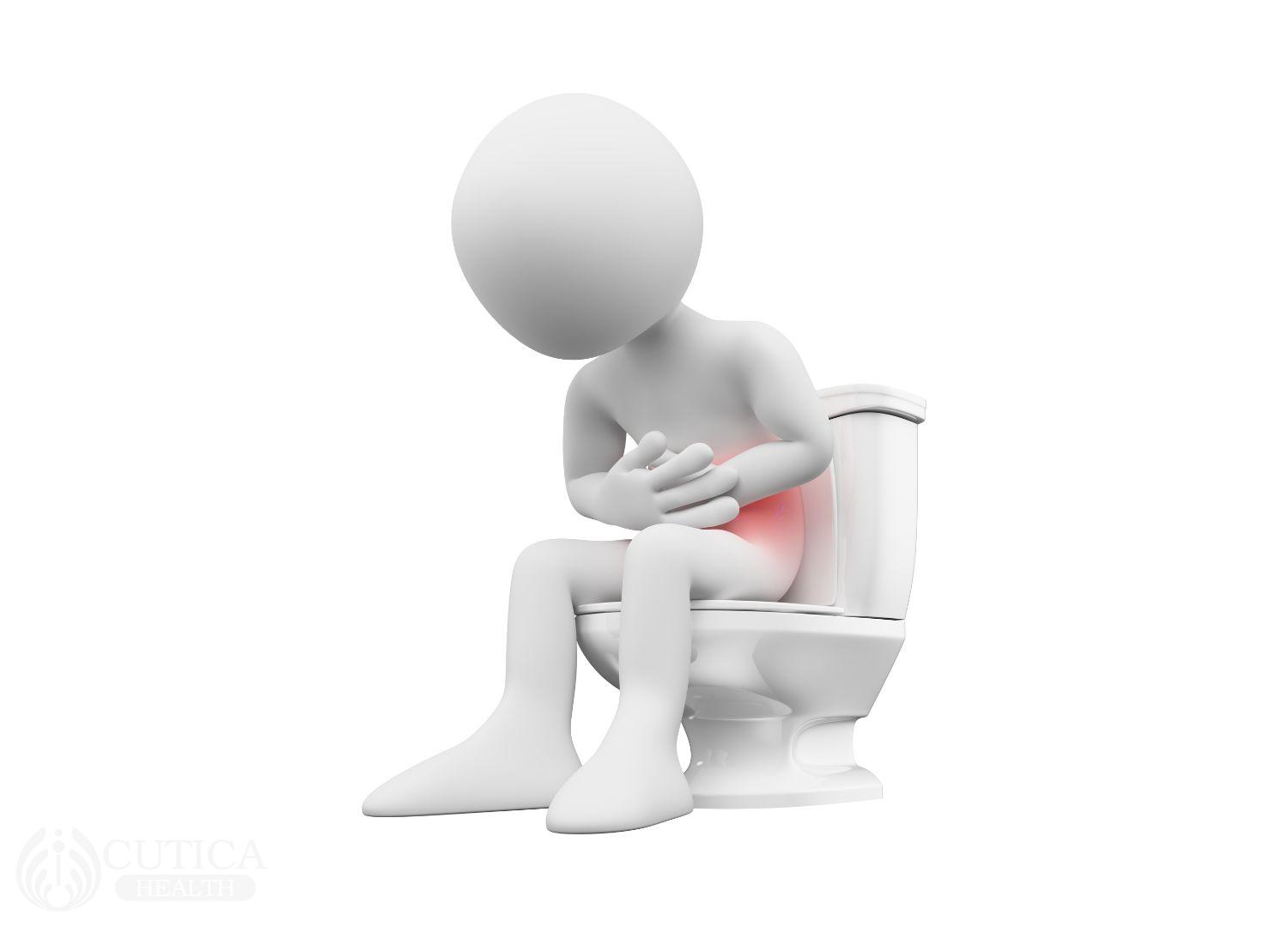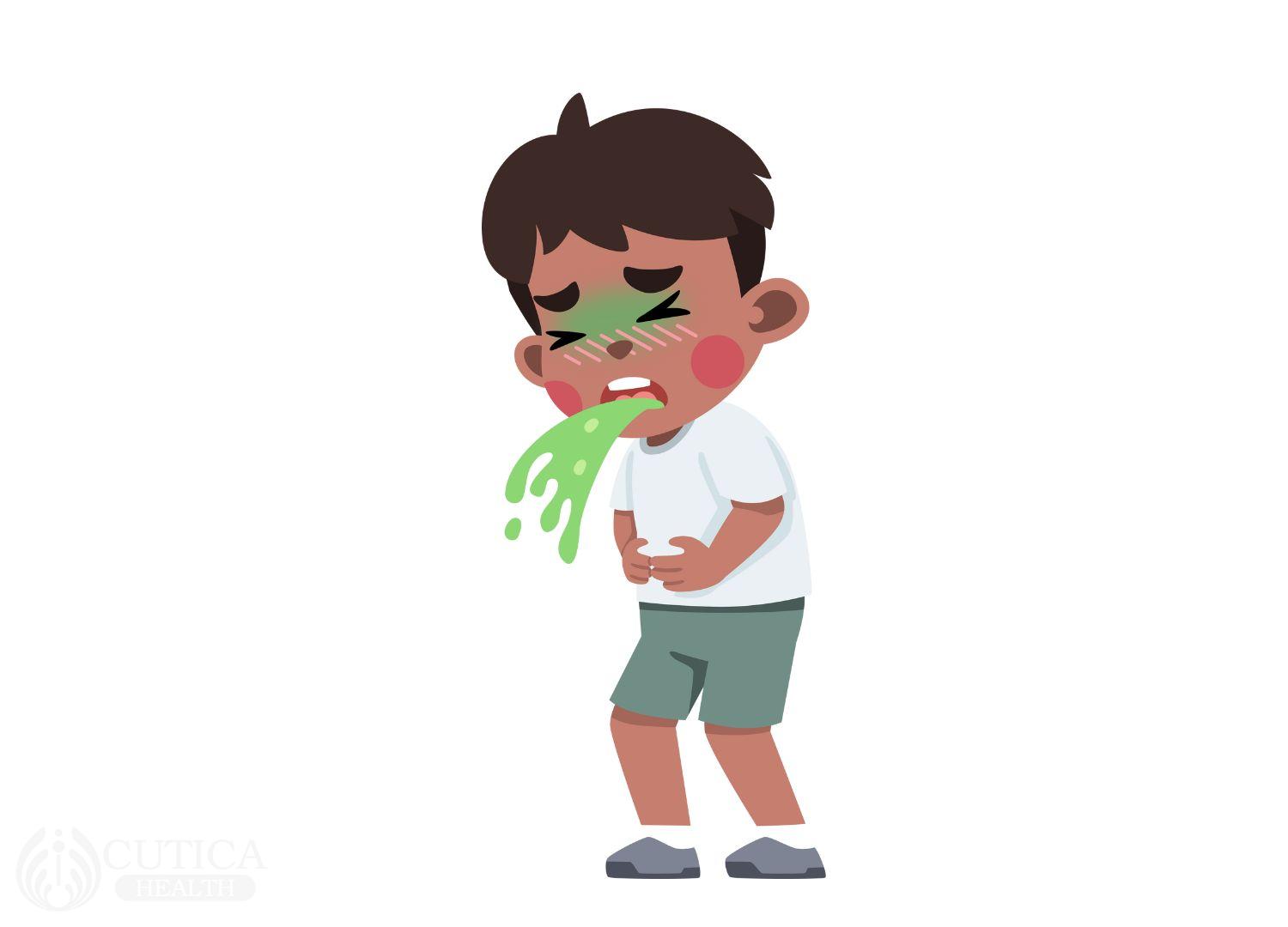Mrs. Kachi rushed her 2-year-old son into the emergency room of the hospital close to her home. Her son had been passing watery stool for 2 days now and she had hoped it would resolve on its own. But it got worse this morning, and her son was becoming so weak he could barely walk on his own. That was why she brought him into the emergency room at 8 pm. She was afraid he was dying.
Introduction
Acute diarrhoea is a common condition in children. It causes frequent loose or watery stools that can lead to dehydration and discomfort. It is often caused by viral or bacterial infections, and parents and caregivers should be well-informed about its symptoms, causes, and management.
What Is Acute Diarrhoea?
Acute diarrhoea is a sudden onset of frequent loose stools in children, typically lasting for a few days to a week. While most cases are mild and resolve on their own, severe or prolonged diarrhoea can lead to dehydration, which is a serious concern, especially in younger children.

Common Causes of Acute Diarrhoea in Children
- Viral Infections: Viruses such as rotavirus, norovirus, and adenovirus are the most common culprits of acute diarrhoea in children. These infections are highly contagious and can spread rapidly in daycare settings and schools.
- Bacterial Infections: Bacterial pathogens like Salmonella, E. coli, and Campylobacter can also cause acute diarrhoea in children. Contaminated food, water, or contact with infected individuals can lead to bacterial gastroenteritis.
- Parasitic Infections: Parasites like Giardia and Cryptosporidium can cause prolonged diarrhoea. Children can contract these parasites through contaminated water or poor hygiene.
- Food Allergies and Intolerances: Some children may experience diarrhoea due to food allergies or intolerances, such as lactose intolerance or sensitivity to certain foods.
Symptoms of Acute Diarrhoea in Children
The symptoms of acute diarrhoea in children may vary, but common signs to watch for include:
- Frequent loose or watery stools
- Stomach cramps or pain
- Nausea and vomiting
- Fever
- Loss of appetite
- Dehydration (dry mouth, sunken eyes, reduced urine output)

Prevention and Treatment
Preventing acute diarrhoea in children involves good hygiene practices, such as regular handwashing, proper food handling, and ensuring clean water sources. Vaccination against rotavirus can also help reduce the risk of infection.
In cases of acute diarrhoea, treatment typically focuses on relieving symptoms and preventing dehydration. Here are some strategies:
- Oral Rehydration: The most crucial aspect of managing acute diarrhoea is rehydration. Encourage your child to drink oral rehydration solutions (ORS) or clear fluids like water, diluted fruit juices, or broth to replace lost fluids and electrolytes.
- Diet Modification: While a child is experiencing diarrhoea, avoid foods that can exacerbate the condition, such as dairy products, high-fiber foods, and fatty or spicy meals. Opt for a bland diet including bananas, rice, applesauce, and toast (BRAT diet).
- Probiotics: Some studies suggest that certain probiotics may help reduce the duration and severity of acute diarrhoea. Consult with your pediatrician before using probiotics.
- Medications: Over-the-counter anti-diarrhoeal medications are generally not recommended for children. Consult your pediatrician before using any medication.
- Rest and Monitoring: Ensure your child gets adequate rest and closely monitor their condition. If symptoms persist or worsen, seek medical attention.
Conclusion
Acute diarrhoea in children is a common and usually self-limiting condition. While it can be distressing for both children and parents, it's essential to focus on symptom relief and preventing dehydration. By following proper hygiene practices and seeking medical advice when necessary, you can effectively manage and alleviate your child's acute diarrhoea, and help them to recover quickly.
